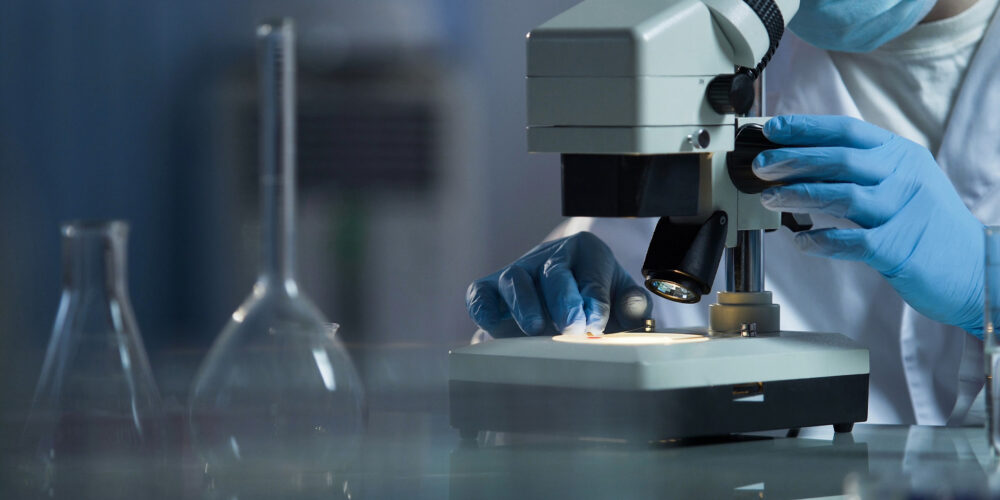Many of the toxicology services performed by Cyprotex are customized assays based on our customer’s specific requirements. We provide a flexible service where we can investigate different cell lines, endpoints and time points to address particular customer issues.
Our senior scientists work with our clients to bring together our expertise in toxicology and assay development with our customer’s project specific experience. Typically before embarking in a project we discuss the project in depth and agree on the best approach to take. As well as 2D cell culture we offer 3D cell culture models provide a system for long term dosing protocols.
The relevance of in vitro assays to clinical observations can be reliant on the relative exposure of the drug to tissues and organs. Incorporating exposure levels into the study design can build on toxicity predictions, we have found that incorporation of Cmax data (either generated experimentally or through a PBPK modelling approach) can improve the in vitro – in vivo extrapolation. We are able to use this approach on custom projects to better understand the clinical relevance of the in vitro data.
High Content Screening Approach
Although we offer a range of different analytical techniques for assessing toxicology, High Content Screening (HCS) is becoming one of the most widely used technologies in the field of toxicology and drug discovery. HCS allows cellular processes to be tracked using fluorescent dyes or fluorescently labelled antibodies. It has the advantage that multiple endpoints can be monitored in the same cell. We have worked on a wide range of end points and cells types, examples of which are detailed below and we are constantly developing and validating new protocols.
Cell Cycle & Proliferation
- Phospho-histone H3
- BrdU
- Ki67
- Cell cycle arrest 2N/4N ratio
- EdU
Cell Signalling & Cell Stress
- MAPK (phospho-pERK)
- JNK (phospho-cJun)
- Oxidative stress (ROS)
- Glutathione content
- Steatosis
- Phospholipidosis
- Lysosomal trapping
- Mitochondrial potential
- Mitochondrial mass
- Tubulin microtubule stability
- GADD153
- Intracellular pH
Cytotoxicity & Apoptosis
- Cytochrome C
- Cell membrane permeability
- Caspase 3/7
- Phospho-p53
- Mitochondrial potential
- Mitochondrial mass
Genotoxicity & DNA Damage and Repair
- Phospho-p53
- Phospho-H2AX
- Tubulin microtubule stability
- GADD153
Multiplexed Assays
- Cytotoxicity Screening Panel (cell count, nuclear size, DNA structure, mitochondrial potential, mitochondrial mass, cytochrome c and cell membrane permeability) – option to be performed +/-S9 with HepG2 cells
- CellCiphr® profiling assays
- Phospholipidosis and Steatosis- option to be performed +/-S9 with HepG2 cells
- Micronucleus Test (HCS CHO-K1 Cells, and Flow Cytometry TK6 Cells) – option to add DNA Damage (pH2aX) to HCS CHO-K1 assay
Customised Transcriptomics Service
Custom HCS Cell Based Assays
New endpoints and multiplexed assays can be developed at Cyprotex on
client demand. Also validated client in-house assays can be transferred
to Cyprotex for regular screening. If suitable commercial antibodies or
reagents are available for your gene of interest, a HCS assay to detect
the cellular response can be developed.
Current Cell Lines Available at Cyprotex for Screening Projects
- A2058: Human skin melanoma cell
- BRL-3A: Buffalo rat liver cell
- CHO-K1: Hamster Chinese ovary cell
- DU-145: Human prostate cancer cell
- H9c2: Rat heart myoblast
- HaCaT: Human keratinocyte
- Hep2: Human epithelial type 2 cell line
- HepG2: Human hepatocellular carcinoma
- HepaRG: derived from a human liver progenitor cell line
- I-13.35: Mouse spleen macrophage
- L929: Mouse adipose fibroblast
- NHBE: Normal Human bronchial epithelial
- PE/CA-PJ15: Human oral squamous cell carcinoma
- U-87 MG: Human glioblastoma
- Vero: Monkey African Green kidney
- Primary or cryopreserved cells also available on request (e.g. human and rat hepatocytes)
- 3D cell culture formats also available (not amenable to all HCS endpoints)
- Plus many more...
Additional cell lines can be purchased on request or transferred to Cyprotex.

